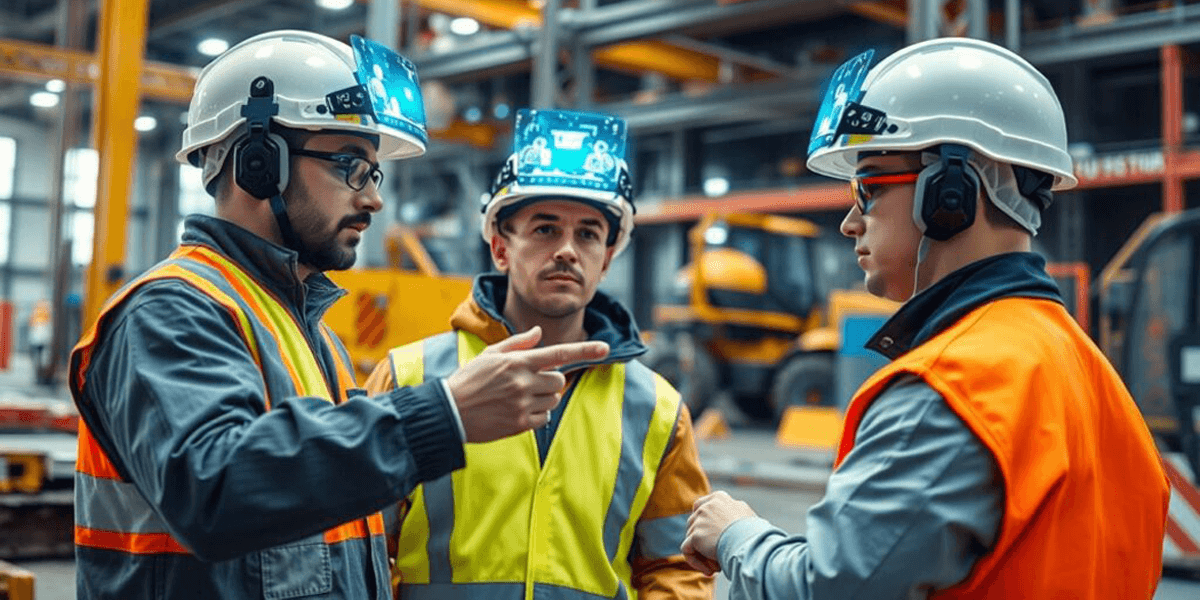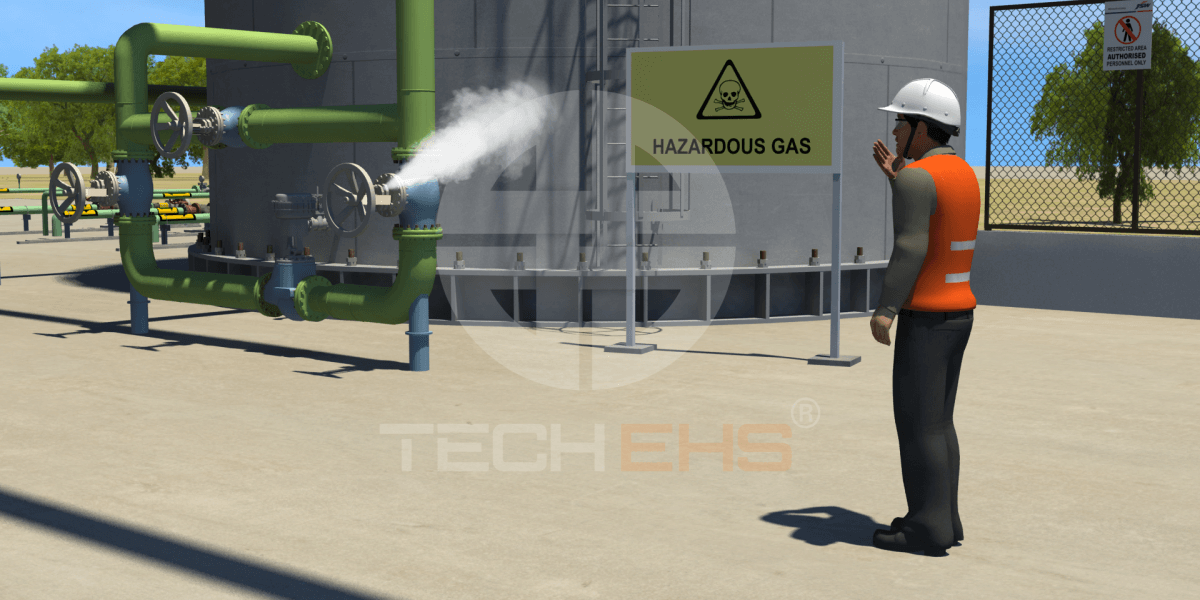
Table of Contents
- Introduction
- Challenges with Traditional EHS Training
- How 3D Animation is Revolutionizing EHS Training
- The Power of E-Learning in Workplace Safety
- Artificial Intelligence (AI) and Machine Learning (ML) in EHS Training
- Case Study: Animated Videos as an Efficient Incident-Sharing Mechanism
- Role of EHS Software in Training Enhancement
- Key Advantages of 3D & E-Learning in EHS Training
- Conclusion
- Frequently Asked Questions(FAQ)
Introduction
Employees in the oil and gas industry face a high risk of explosions, toxic gas leaks, and equipment failures despite strict safety regulations. According to a U.S. Bureau of Labor Statistics report, the number of deaths from oil and gas-related causes increased by 10% in 2023. This highlights the pressing need for more efficient training techniques.
Safety performance and hazard recognition can be greatly improved by including visual components in safety training. According to a Campbell Institute study, employees who received visual literacy training were able to recognize workplace dangers effectively. This increases the number of proactive hazard and near-miss reports. Furthermore, it emphasizes the significance of visual learning in creating a proactive safety culture.
Modern technologies like 3D animation and e-learning are revolutionizing workplace safety training. These advancements make training more engaging, accessible, and efficient.
Let’s explore how these innovations enhance overall workplace safety.
How 3D Animation is Revolutionizing EHS Training
3D animation-based training helps create realistic and immersive safety situations. This enables employees to practice identifying hazards and responding to emergencies in a risk-free environment.
For instance, in offshore drilling, workers can use 3D animated training modules to understand how blowout preventers (BOPs) work. They can watch BOP operations, possible malfunctions, and emergency reactions —all without ever setting foot on a real rig.
Here are some key benefits of 3D animation in EHS training:
Artificial Intelligence (AI) and Machine Learning (ML) in EHS Training
AI and ML are elevating workplace safety training. These technologies help identify possible hazards and offer personalized learning experiences. Suppose a worker in a manufacturing facility operates large machinery. AI-powered sensors identify unusual hand movements and promptly notify the employee to change their grasp, averting possible harm. Such real-time interventions demonstrate how occupational safety training is evolving. Listed below are top 4 ways how AI and ML improves training in EHS:
These developments assist businesses in lowering workplace mishaps while ensuring that employees obtain pertinent and efficient training.
Case Study: Animated Videos as an Efficient Incident-Sharing Mechanism
To enhance safety training, a well-known corporation in the automotive and heavy engineering sectors required an improved incident reporting system. They created captivating, authentic incident recreations through 3D animation. These animated safety videos assisted staff in comprehending the underlying reasons and preventative measures.
This strategy shows the effectiveness of combining simulation-based training with EHS software. Businesses can advance workplace safety training by including AI-driven safety evaluations and real-time analytics.
Key Advantages of 3D & E-Learning in EHS Training
Imagine a worker in an industrial facility discovers an unexpected gas leak. Panic can set in without any prior practical experience. This could result in potentially costly or even catastrophic blunders. Imagine now that the same worker has seen a realistic 3D simulation of the identical situation; armed with knowledge, they react appropriately and quickly. This is how e-learning and 3D animation is used to enhance EHS training. Here are some advantages that 3D and E-learning programs in EHS training offer:
Conclusion
Technologically advanced learning solutions improve worker safety, knowledge retention, and regulatory compliance. They are the key to the future of EHS training. E-learning and 3D animation are transforming workforce training in businesses.
These modern technologies improve workers capability of managing workplace risks. As workplace hazards evolve, companies must invest in such cutting-edge training approaches to stay ahead of the curve



